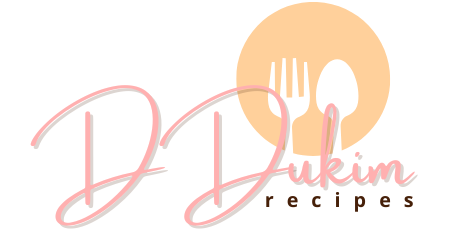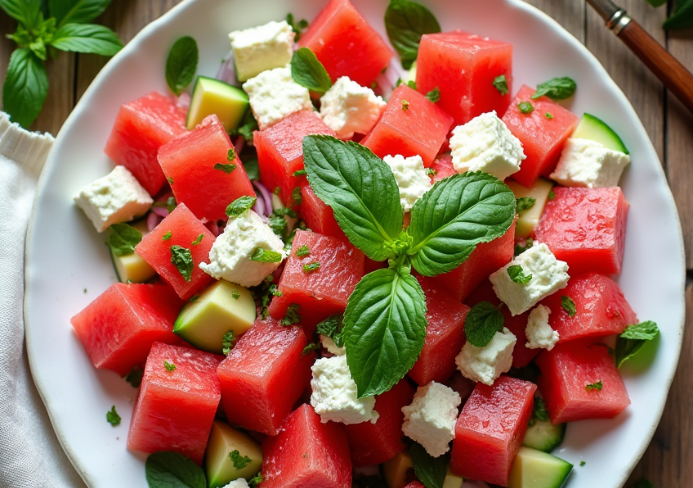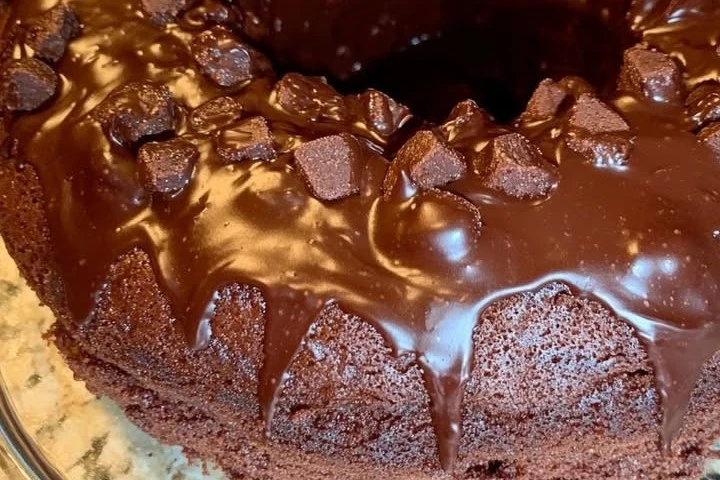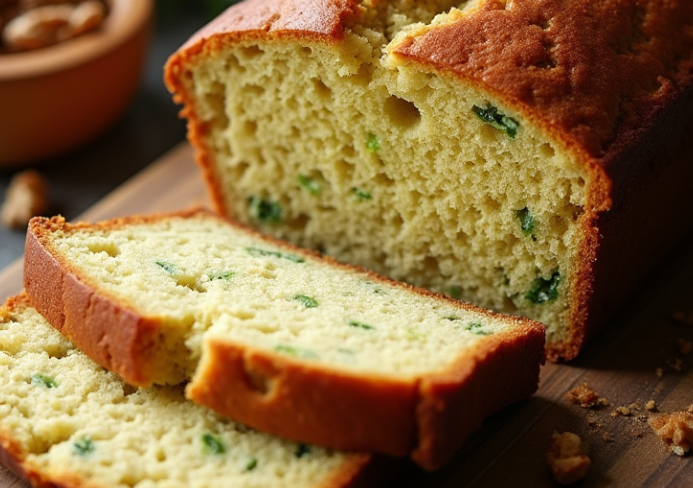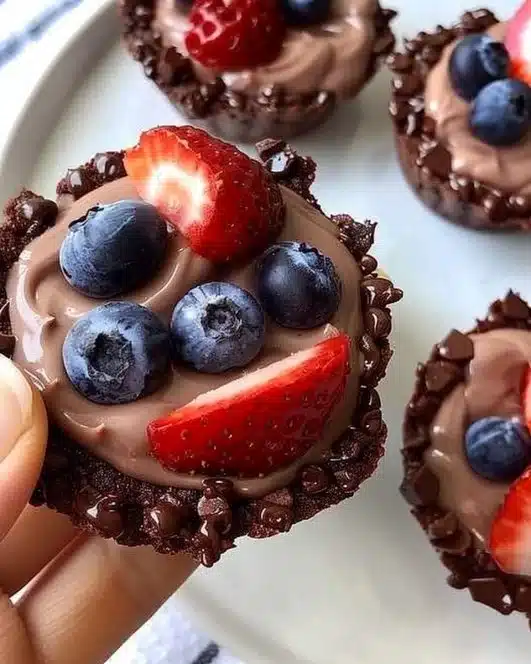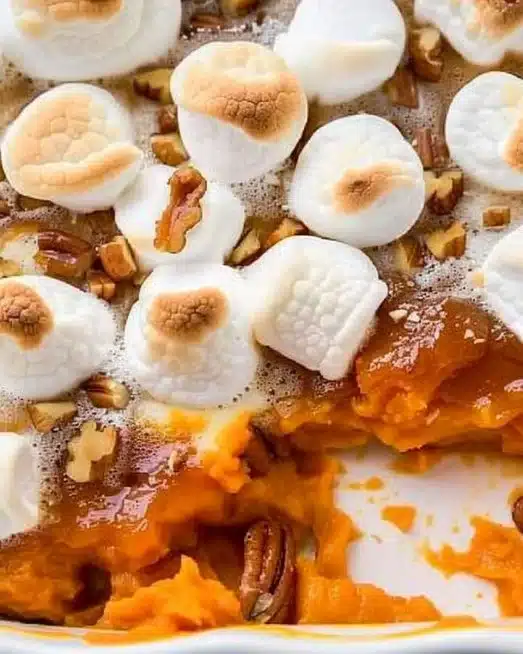No One Asked For Cupcakes With Weeds On Them, But Here Are Some Stunning Wildflower Cupcakes Creations
Cupcakes have long been a canvas for culinary creativity—from unicorn frosting to galaxy swirls. But recently, a surprisingly natural twist has bloomed onto the scene: wildflower cupcakes. While no one explicitly asked for cupcakes with “weeds” on them, these stunning floral creations are stealing the show with their whimsical beauty and botanical flavors.
It may sound odd at first—edible flowers as dessert toppings—but wildflower cupcakes are more than just eye candy. They reflect a growing interest in foraged ingredients, sustainable baking, and connecting with nature through food. According to the U.S. Forest Service’s guide on safe edible flowers, many so-called “weeds” are in fact delicious, nutritious, and 100% edible when harvested correctly.
Even better, the rise of floral desserts aligns with the cottagecore and nature-inspired food movements, popularized on platforms like Pinterest. The American Botanical Council also highlights the traditional culinary uses of flowers, from lavender in pastries to calendula in syrups, revealing that this “new” trend is actually rooted in centuries-old practices.
🌸 What Are Wildflower Cupcakes?
Put simply, wildflower cupcakes are desserts topped or infused with edible wildflowers. These aren’t your average sprinkles—these are carefully chosen petals and blooms that offer both flavor and a visual wow factor. Some of the most popular flowers used include:
-
Lavender (delicate and aromatic)
-
Violas and pansies (slightly sweet, colorful)
-
Elderflower (lightly floral, great in syrups)
-
Calendula (zesty and vibrant)
-
Chamomile (apple-like flavor)
-
Hibiscus (tangy and tart)
🌿 From Weeds to Wonders: Why the Trend Works
While the idea of eating “weeds” on your cupcake might raise eyebrows, these floral toppings offer:
-
Natural beauty: No artificial colors or sprinkles needed.
-
Unique flavors: Herbal, floral, citrusy—wildflowers bring new dimensions to dessert.
-
Instagram appeal: Rustic, seasonal, and totally photogenic.
-
Eco-friendly vibes: Foraged and homegrown ingredients mean lower food waste and packaging.
This trend fits perfectly with today’s cottagecore aesthetic: baking, gardening, and embracing the outdoors.
⚠️ Safety First: Not All Flowers Are Edible
Before you head into the garden, remember that not all flowers are created equal. Some are toxic, while others are safe only if grown organically without pesticides. Always double-check before using unfamiliar plants.
Tips for safe flower use:
-
Only use edible flowers from trusted sources
-
Avoid florists (flowers may be chemically treated)
-
When foraging, use a reliable identification guide
-
Start with small amounts to check for allergies
Recommended safe flowers include lavender, violets, nasturtiums, and marigolds—but double-check with guides like the USDA’s Edible Flower List.
🍯 Popular Flavor Combinations
The pairing of floral notes with familiar ingredients creates a luxurious, aromatic experience. Here are some winning combos:
-
Lavender + lemon: Floral meets tangy citrus
-
Elderflower + honey: Subtly sweet and light
-
Rose + vanilla: Romantic and creamy
-
Chamomile + white chocolate: Soothing and soft
-
Calendula + orange zest: Bright and zesty
These cupcakes don’t just look good—they taste like a meadow in springtime.
🧁 How to Make Wildflower Cupcakes at Home
Yes, you can totally DIY these garden-party treats! Here’s a quick how-to:
🌼 Ingredients:
-
Cupcake base (vanilla, lemon, or honey work well)
-
Edible flowers (lavender, pansies, elderflower, calendula)
-
Frosting (cream cheese, whipped buttercream, or mascarpone)
-
Optional: floral syrups (e.g., elderflower or rose)
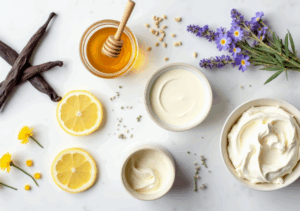
🍰 Instructions:
-
Bake cupcakes as usual.
-
Cool completely before decorating.
-
Gently rinse and dry edible flowers.
-
Add flowers to frosted cupcakes using tweezers.
-
Chill slightly to preserve flower shape.
Pro tip: Press flowers into the frosting lightly so they don’t wilt.
🌍 Seasonal & Regional Flower Options
Depending on where you live, you might find:
-
Spring: Violets, dandelions, lilacs
-
Summer: Nasturtiums, hibiscus, marigolds
-
Autumn: Chrysanthemums (edible varieties), borage
Use what’s fresh, local, and in-season for best results.
🍽️ Where to Buy Wildflower Cupcakes
Not a baker? No problem! You can find these charming desserts at:
-
Artisan bakeries focused on seasonal ingredients
-
Farmer’s markets in spring and summer
-
Online shops like Etsy or small Instagram bakeries
They’re also becoming popular at:
-
Bridal showers
-
Garden parties
-
Tea events
🎯 Are They Worth the Hype?
While wildflower cupcakes might feel like an Instagram trend, they offer:
-
A fun and meaningful way to reconnect with nature
-
Distinctive flavor profiles rarely found in commercial desserts
-
Aesthetic appeal that adds charm to any occasion
They’re more than just a visual gimmick—they’re seasonal, sensory, and sentimental.
❓ FAQs
Are wildflowers safe to eat on cupcakes?
Yes, but only certain flowers. Use trusted edible flowers and avoid chemically treated blooms.
Can I make wildflower cupcakes at home?
Absolutely! Use organic or foraged edible flowers and pair with simple base recipes.
What flowers can you use for cake decorating?
Try pansies, lavender, violets, nasturtiums, marigolds, chamomile, and roses (organic only).
Do wildflower cupcakes taste good?
Yes! Depending on the flowers, they can be floral, citrusy, or herbal.
Where can I buy edible wildflowers?
Check health food stores, farmer’s markets, or online herb suppliers.
🌷 Final Thoughts: A Delicious Blooming Trend
While no one asked for cupcakes with “weeds,” we’re certainly glad they arrived. Wildflower cupcakes offer a creative and beautiful way to appreciate the changing seasons—and bring a little nature to your plate. Whether you’re baking them at home or finding them at a local bakery, these floral delights are here to stay.
